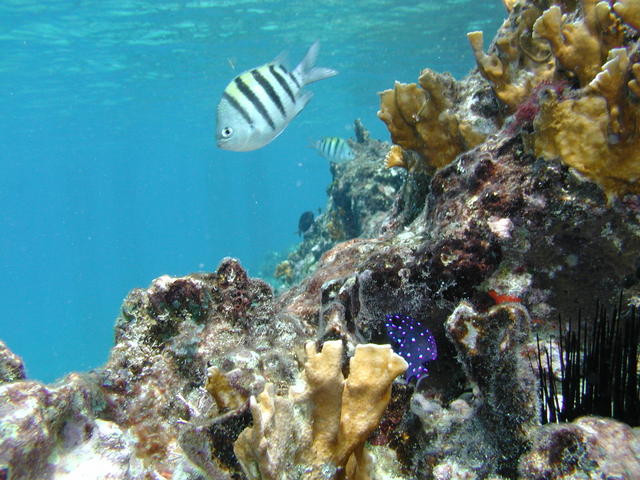DazedAndConfuzed
Contributor
How much exposure latitude are there with digital cameras?
I know many modern films has such a wide exposure latitude that underwater strobes (and disposable cameras) doesn't even care about properly exposing the subject anymore. Practicaly all entry level under strobes relies on one manual flash setting for pictures taken from 1' to 6' (probably the strobe's limit.)
Does digital camera have such wide exposure latitude? I know they have different ISO settings, but can an correct exposure be achieved when the amount of light reaching the sensor is at least 3 f-stops off?
I am not familiar with digital cameras, so this is unknown to me.
I know many modern films has such a wide exposure latitude that underwater strobes (and disposable cameras) doesn't even care about properly exposing the subject anymore. Practicaly all entry level under strobes relies on one manual flash setting for pictures taken from 1' to 6' (probably the strobe's limit.)
Does digital camera have such wide exposure latitude? I know they have different ISO settings, but can an correct exposure be achieved when the amount of light reaching the sensor is at least 3 f-stops off?
I am not familiar with digital cameras, so this is unknown to me.





